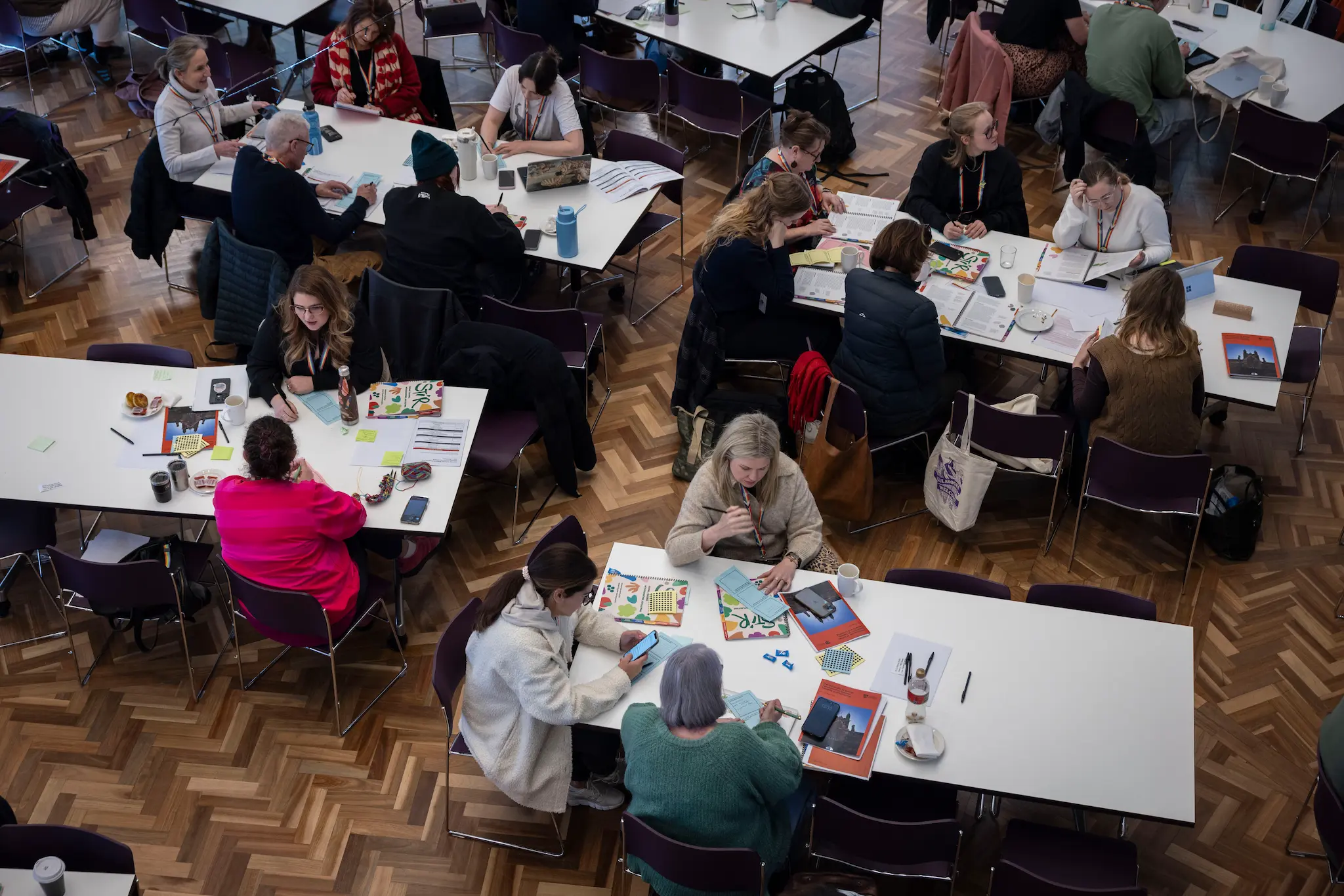Maps Visualisation, Web Accessibility, and the Future of the 3D Web
I originally wrote this email response to an internal query, but I thought to post it publicly so many may benefit. The article has been modified with minor revisions for the public audience.

Maps Visualisation
Check out Mapzen Vector Tile Service which can be queried as GeoJSON, and transformed into other vector formats that OpenLayers, D3.js, etc. can understand. There are also increasingly more and more vector tile containers, for instance Mapbox, Mapzen, Terria, Cesium, and Leaflet has a plugin.
Just like the recent announcement of deck.gl v4.0 being released, these mapping services are native to the web, accelerated by WebGL. The amount of visualisation power through computation has a high potential.
Accessibility for the Web
There are borderline interaction papers, but some interesting ones may be what came out of the W4A Accessibility Hack. The delegate winner, Kieran Mesquita, created a Docker container for TAO (Sam would be proud). Normally, it takes 1-2 hours of setting TAO up just to get it working, but now you can do it in 15 minutes.
TAO is an open source program that can assess WCAG accessibility conformance, and as all government agency websites have strict accessibility requirements, this will be real handy down the line.
Software Engineering
Terry Crowley wrote an excellent article called Education of a Programmer and refers to Joel Spolsky's "Law of Leaky Abstractions", and managing software complexity. Both are long reads but totally worth the time.
Frederick Brooks Jr. wrote a journal article titled No Silver Bullet---Essence and Accident in Sofware Engineering in 1995. He listed the essences (fundamentals to creating software) and accidents (side effects of using software), and talked about how different solutions may only solve a small set of a general problem, and he defines them well. The 22 years old article stands well against the test of time, I think.
The Future of 3D/VR on the Web
Here are the factors to consider:
- The web is fundamentally a publishing platform. The strongest strength it has is to deliver content across the globe (and eventually, in space, no doubt). For 3D/VR, the ability to streaming content is continuing to improve.
- WebGL is the principle driver of web-based graphics rendering API. Version 2.0 landed last month in 3 major desktop browsers.
- WebVR is being standardised by W3C (360 videos) and Khronos (OpenXR). Plus the open source effort (OpenVR) in making peripherals available to any desktop machine, I think we'll see many devices becoming more available as graphics chips get more energy-efficient.
- The leading company in this effort is AltspaceVR, who has seen 1,000+ concurrent users celebrating sports events and presidential campaigns. What is interesting about their technology is that they are built on A-Frame, an HTML-extension library, which means any of their virtual objects can be annotated and fit accessibility requirements. I'm super excited to see what they are doing to translate visuals to text, sound, or any other sensory format.
- It is important to remember that Mixed Reality will continue to grow. This can be a virtual overlay through a transparent, or opaque video feed.
- We will see a few major paradigm shifts in the coming years:
- Smartphones will continue to overtake desktops / laptops. Therefore development efforts will continue to spill over.
- Mouse and keybaord? Touch screens? Accelerometers? Remote controllers? There will be a standard interaction paradigm across these different inputs.
- Authoring 3D content will no longer be constrained to the expert users of Maya, Blender, and the like, although these software will continue to be the industry standard for high quality content. TiltBrush, Medium, and SkulptGL are the early drivers of low-level entry content creation.
What does it mean to browse a 3D/VR website vs a normal flatscreen website? Does that mean people will start strapping phones to their faces? I doubt it.
People will start using phones in ways we haven't designed the phones for ever before, because there will be incentives to repurpose a WebVR/WebAR enabled phone to do specific tasks. If there is a need to be filled, be it attending a social event care for animal welfare or sharing digital worlds they have already begun.
The next big adjacent idea, borrowing the term from James McQuivey, will be contributing to the 3D Web ecosystem, while being fit for purpose. It could be tools creation, enhancing rendering pipeline, or a platform for publishing. Whatever it is, we're at the right moment for it.






